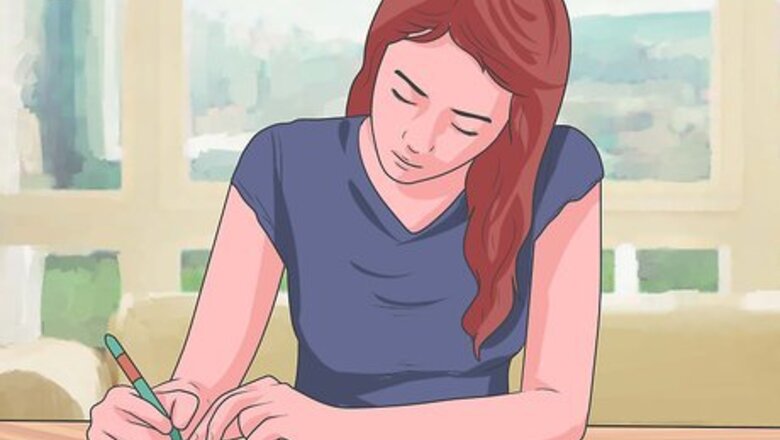
views
Changing Your Grip

Assess your grip. Grab the type of utensil that you normally use for writing, then get some paper. Write a few sentences, focusing on the way that the pen/pencil feels in your hand. Think about how much pressure that you’re putting on your finger and the callus itself. Then, look at the fingers that you use to hold and stabilize the pencil, noting where your callus and the pencil meet.
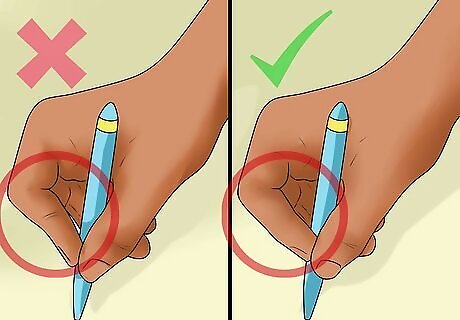
Loosen your grip. If you feel that your grip is overly tight, or if pressure from the pencil causes pain in your fingers, loosen up your grasp on the pencil. Practice writing with a more relaxed grip, then observe over a week or so whether the callus gets any smaller. Loosening your grip will take active effort: make sure to keep your goal in mind when you write, or you may fall back into your old habits.
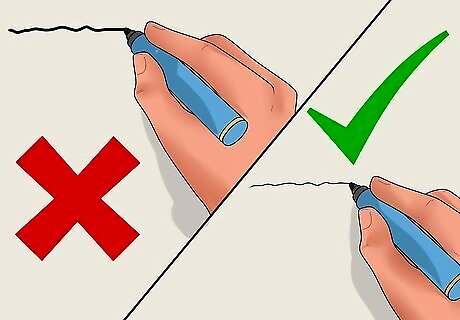
Write with less pressure on your pen or pencil. Sometimes, calluses aren’t caused by a bad grip: they’re caused by a writer pushing the pencil too hard into the paper. If you find that you exert a lot of downward force when you write, try lightening up the pressure. Practice writing in a lighter, softer script. One way to tell you're pressing too hard is to see if you make indentations on the paper. Flip the paper over and see if you can feel the marks you made on the other side. Another way to tell is if you break your pencil lead fairly often. Everyone breaks a lead sometimes, but if you're doing it several times a day, you may be pressing too hard. Also, just see what happens if you don't press as hard. If your writing is still dark, you were likely pressing too hard.

Change your grip entirely. There are many ways to hold a pencil. Most people who suffer from writer’s calluses find that they build up on their middle fingers at the knuckle right below the nail, because they hold their pencils in a “tripod pencil grasp” with the middle finger supporting the pencil. While this is the most common grip, you can try other grip styles: try resting your pencil on your ring finger, or hold the pencil between your thumb and first two fingertips.
Getting New Gear
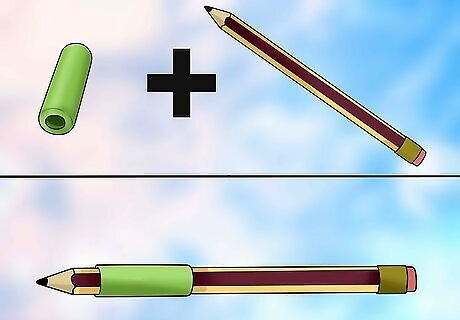
Use a pencil grip. Pencil grips are often used to help young children develop good writing habits, but they can also cushion your grip. Look for soft, foam or rubber grips. Try shopping for grips at a school or office supply store, where you’ll be able to try them out. Also, if you use mechanical pencils or ballpoint pens, consider switching to a brand with a built-in soft grip.
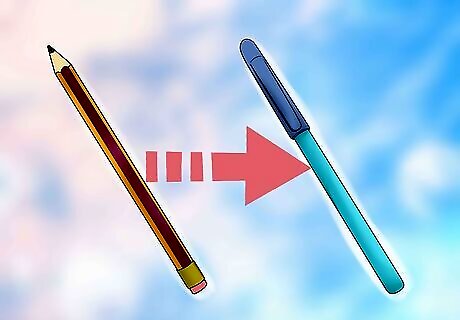
Try new pencils or pens. If you find that you press the pencil too hard into the paper, look for a writing utensil that creates smoother lines. With a smoother writing utensil, you won’t have to apply as much pressure to make dark, legible lines. Less friction may help reduce the size of your callus. Try out different pencils. While most pencils come with standard #2 lead, some write smooth lines better than others. Shop around and try out different brands of wood-case pencils or mechanical pencils to see which leads you prefer. If none improve the pressure you need to apply, consider buying artist pencils with even softer lead than a #2: just remember you won’t be able to use them on standardized tests. Switch from pencils to pens. The choice between pencils and pens comes down to preference and the requirements of your school or office. However, pens often write with smoother, more legible lines, so you’ll be able to lighten up your grip. Buy gel pens. While brightly colored gel pens may be frowned upon at school, black or navy blue gel pens may help heal your callus. Gel pens come in a variety of types, and many art stores will let you test out pens before you buy. Try some out and pick one that improves your grip the most.
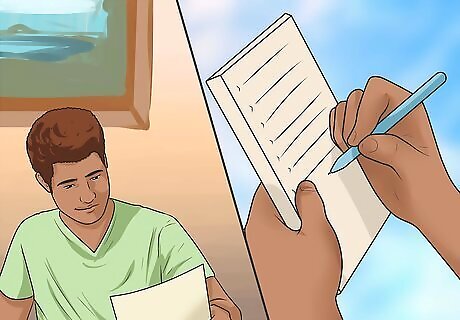
Use smoother paper. Different brands of notebooks use different kinds of paper, and they all have different textures. Some papers are soft and slick, while others are coarse and create a lot of friction. The more friction between your pen/pencil and the paper, the more pressure you use to hold your pencil, and the bigger your callus gets. Look at different types of notebooks at an office or hobby store, then choose one with slick, smooth paper.
Cover the callus area with gel caps or callus pads. You can buy small callus pads or caps at most pharmacies and drug stores. Use these to cover the areas on your fingers that hold your pen. They should help prevent the pressure from making the callus worse.
Changing Your Habits

Type instead of write. If you’re able to, substitute a laptop for a pen and paper. Typing can be much faster and easier than writing, and you’ll be able to give your callus a break. If you’re in school and laptops aren’t allowed, try only to write in class when you really need to, then type all of your homework.
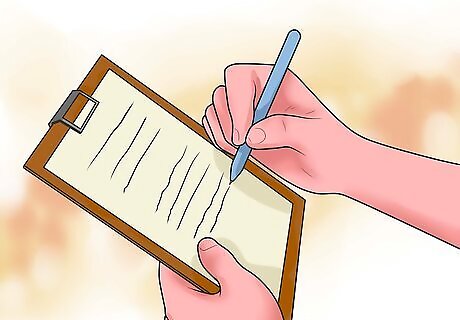
Write on a hard surface. Writing on a hard surface can make your marks darker with less effort. In turn, that means you can loosen your grip. You can also use a clipboard or other hard, flat surface to go under pages in a notebook.
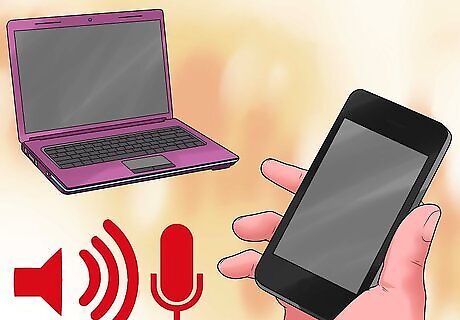
Record lectures or classes. If endless note-taking is causing your writer’s callus, take fewer notes. Use a laptop, smart-phone, or digital recorder to capture the audio from a lecture, then replay it later instead of having to reread notes. Calluses go away on their own after a few weeks of rest, so you should see a huge change after a semester of recording lectures. You can also use a dictation software that automatically types out what a speaker is saying. This gives you the added benefit of having both typed and recorded notes in a single step without having to write anything.

Write less, and remember more. Just like typing and recording, developing your mental recall will prevent you from having to write as much. Improve your memory by playing brain-exercise games, creating mnemonic devices (where words stand for the first letters of information you want to remember), getting more sleep, or just practice paying more attention. With a little practice and effort, you’ll be able to save your fingers some stress.



















Comments
0 comment